2D миксер Производитель
-
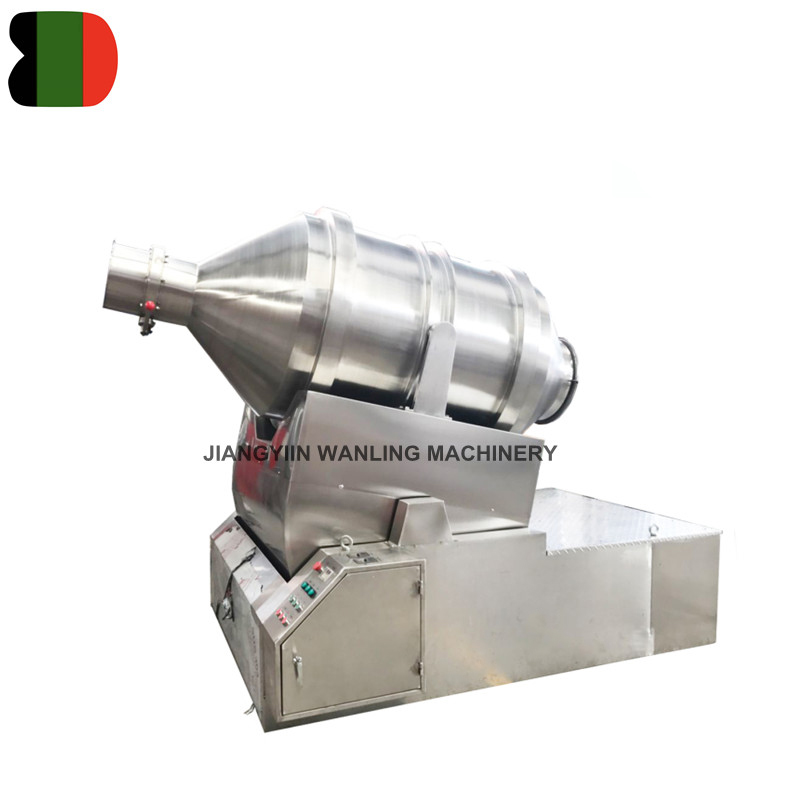
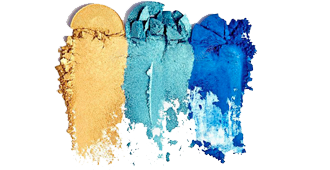
Эйх горизонтальный тип удобрения 2D -движущийся миксер
Барабан двухмерного микшерного машины может одновременно двигаться в двух направлениях, один для вращения барабана, другой для барабана с... -
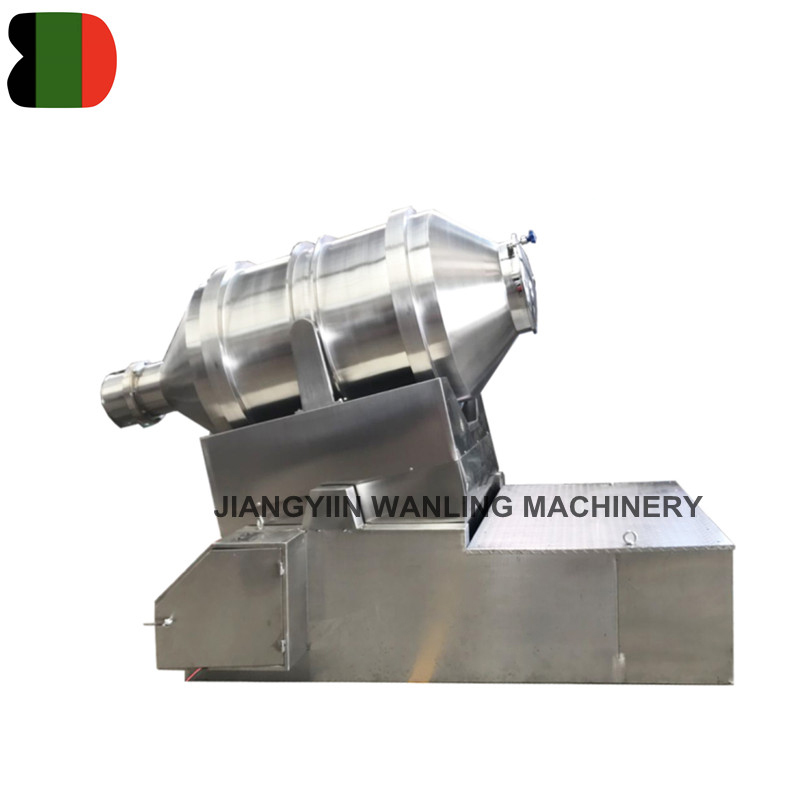
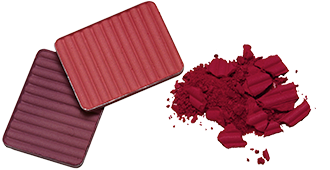
Эйх горизонтальный двухмерный 2D Движений Блендер Блендер
Традиционные барабанные смесители полагаются исключительно на вращение для достижения смешивания материала. Хотя этот метод работает, он ... -


Eyh Двухмерный 2D -движущийся смеситель Machine
Двухмерная машина для миксера может двигаться в двух направлениях, одно для вращения барабана, другое для барабана с качающейся стойкой. ...
2D -миксер - это микшер, который может двигаться в двух направлениях одновременно с вращающимся барабаном. Два направления движения - это вращение барабана, которое следует за поворотом качающейся рамы. Смешанный материал подвергается левому и прямому смешанному движению в ротационном барабане во время вращения, переворачивания и смешивания с барабаном. Под объединенным действием этих двух движений материал полностью смешан за короткий период времени. Широко используется для смешивания порошка и гранулированных материалов. Он имеет характеристики быстрого смешивания, большую сумму смешивания и удобный разряд.

О нас
Честь
-
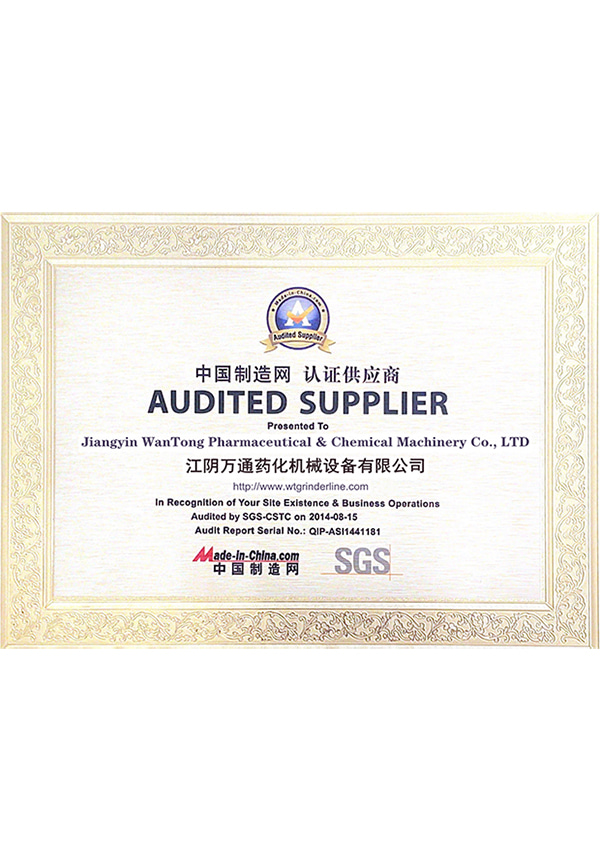 Честь
Честь -
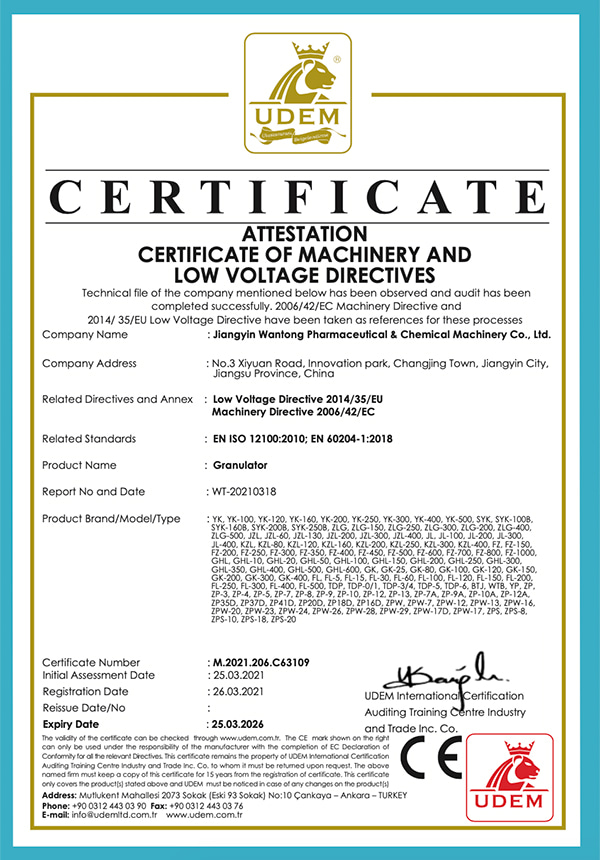 CE
CE
Новости
-
Новости отрасли 2025-10-09
А двойной конусный блендер имеет явные преимущества и ограничения по сравнению с ...
Просмотреть больше -
Новости отрасли 2025-10-01
Электрический Лотковые сушилки Преимущества: Точный и стабил...
Просмотреть больше -
Новости отрасли 2025-09-22
Ленточные блендеры являются одними из самых универсальных промышленных смесительных устройств. Ра...
Просмотреть больше -
Новости отрасли 2025-09-19
Мельничное оборудование играет жизненно важную роль в различных отраслях промышленности, от сельс...
Просмотреть больше
Расширение отраслевых знаний
What materials are best suited for mixing in a 2D mixer?
A 2D mixer, also commonly referred to as a double-arm mixer or a Z-arm mixer, is designed to handle a wide range of materials, particularly those that require high viscosity mixing or thorough blending. Here are some materials that are typically well-suited for mixing in a 2D mixer:
Plastics and Rubber: Compounds, melts, and mixtures used in the plastic and rubber industries, including polymers, resins, and additives.
Food Products: Various food items such as dough, batter, and mixtures that require thorough blending to ensure consistency.
Pharmaceuticals: Materials in the pharmaceutical industry, including pastes, ointments, and other medicated mixtures.
Cosmetics: Creams, lotions, and other cosmetic products that require a uniform mix of ingredients.
Chemicals: Chemical compounds, adhesives, sealants, and coatings that need to be mixed to a specific consistency.
Building Materials: Materials like mortar, plaster, and other construction-related mixtures that require a high degree of homogeneity.
Inks and Paints: Pigments, dyes, and binders used in the production of inks and paints that need to be mixed to achieve the right rheology and color consistency.
Batteries: Components for battery manufacturing, such as electrode slurries, which require precise mixing to ensure uniformity.
Sealants and Fillers: Materials used in sealing and filling applications that need to be mixed to avoid air bubbles and ensure a smooth application.
Ceramics and Refractory Materials: Mixtures for ceramics and refractory products that require thorough blending to achieve the desired properties.
Metallurgical Pastes: Pastes used in metallurgical processes that need to be mixed to ensure even distribution of particles.
Agricultural Products: Mixtures for agricultural applications, such as fertilizers and soil amendments.
The suitability of a 2D mixer for a particular material depends on factors such as the mixer's design, the material's viscosity, and the desired outcome of the mixing process. High-viscosity materials and those that require a high degree of dispersion and homogeneity are particularly well-suited to 2D mixers due to their ability to apply strong shear forces and their thorough mixing action.




